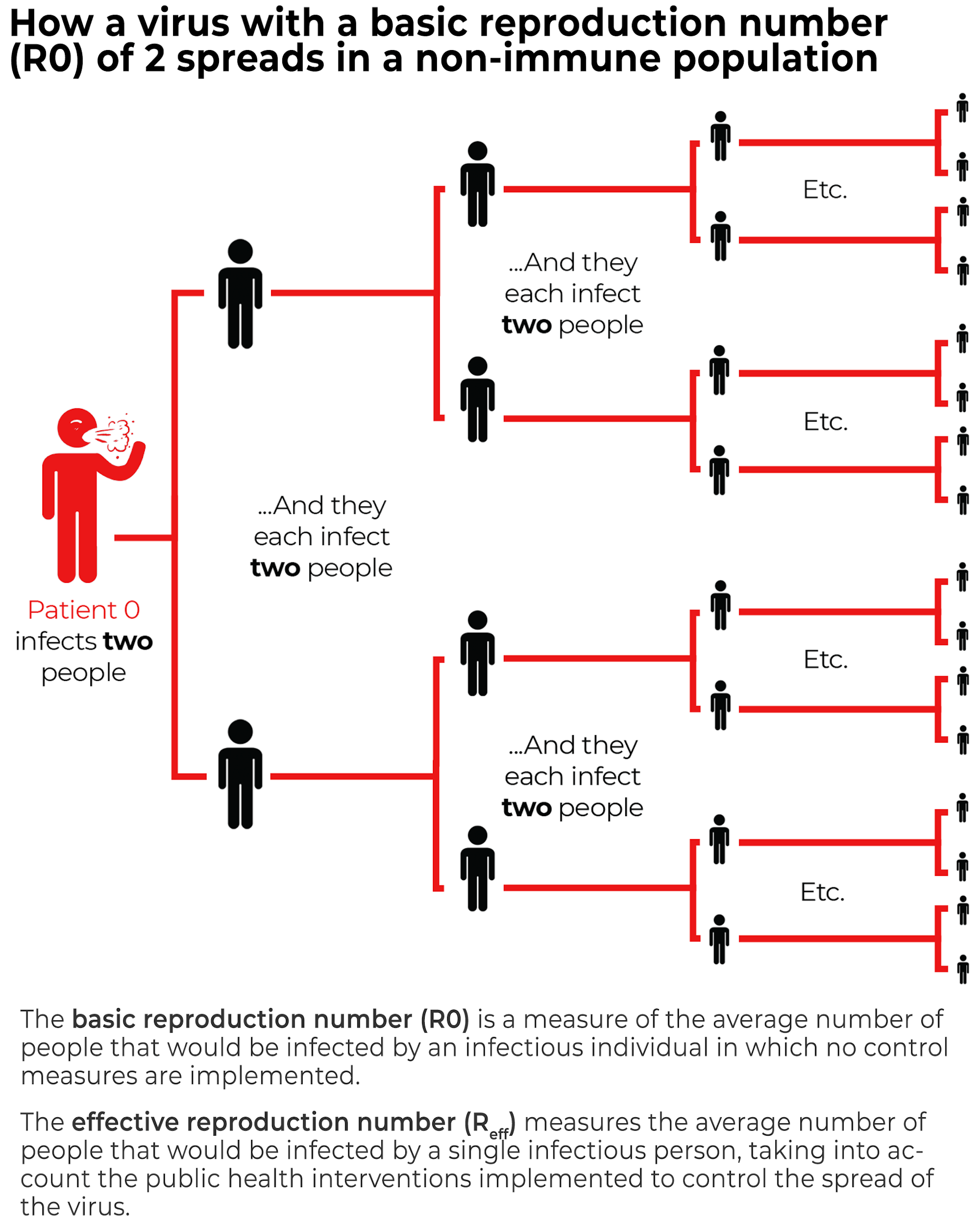

- #Focus magic virus how to#
- #Focus magic virus 64 Bit#
- #Focus magic virus software#
- #Focus magic virus windows#
Waiting years for the commercial release of Windows Longhorn, I became fed up with the virus issues, speed compromising anti-virus software, the demand for new computers with every Windows OS upgrade, and the inane messages and complexity of Windows. I bought in around version 1.4 for Windows. A small company offered Focus Magic which worked great to sharpen images. I really enjoyed Photoshop, but its sharpening algorithms via the unsharp mask feature were both complex and unsatisfying. A ray of sunshine was the abundance of quality apps for Windows. I moved on to Windows 3.11 shortly before that time, eventually building a computer to run Windows 95.Īfter the speed and fluidity of the Amiga (which was much like Unix), Windows was a serious disappointment. Over 20 years ago Amiga, the Rodney Dangerfield of computers, was given its death sentence when the last company making an Amiga compiler discontinued its product. The back story: I moved from a Commodore 64 to the Amiga around 1990. Take a serious look at the web site, read the reviews, and try it for yourself. It was by far the best application for correcting an image suffering from slight blurring. I first used Focus Magic about 20 years ago on a Windows computer. While a little pricey for a plugin, the app is a one time purchase with lifetime updates.
#Focus magic virus 64 Bit#
Initially, it was Windows only, but now it comes as a 64 bit Mac plugin for programs like Photoshop or Affinity Photo.
#Focus magic virus software#
Many imaging applications try to fix this issue, usually via the unsharp mask.įocus Magic is a small app and plugin for other image software programs. A reoccurring problem with photos whether taken with film and scanned or with digital cameras is blur due to either camera motion or being slightly out of focus.

The liquid crystals, which are in between liquid and solid phases, have the optical property of reflected color - “the same principle that gives butterfly wings their color instead of dyes that absorb color,” Tang said.Toronto. Her approach, at the intersection of the two, applies methods typically used for liquids to these materials. Tang said some researchers in the field focus on liquids while others on polymers. He has since helped make samples that can change color. Tang was showing me some of the samples of electrospun woven mats and polymer solutions, it was really, really cool,” he said.
#Focus magic virus how to#
In her investigation into understanding the fundamental properties of these materials, Tang is testing how to make thermochromic fibers by incorporating liquid crystal formulations into electrospun nanofibers.Īaron Wimberly, a junior majoring in chemical and life science engineering, began working on the project the summer before his sophomore year. In the case of the N95 mask, she said, a wearer would know “when you had to change it, instead of just guessing.” With the cleaning wipes, “you could keep wiping until it didn’t change color anymore.” “We like to think about how we can add function to these materials,” she said. Tang’s lab makes nonwoven nanofibers, similar to a reusable shopping bag, which can be easily mass produced. Polymer nanomaterials are made of plastics such as nylon or polyethylene - the same kind of material used to make plastic soda bottles. Her research areas include functional polymer nanomaterials and nanoparticles. Tang works at the nanoscale, where one nanofiber is 1,000 times smaller than the width of a human hair. They have also been used to create wearable sensors and devices. These “ smart fabrics” are made of soft, lightweight and elastic materials and could be used in clothing such as camouflage or for other applications such as detecting the presence of a pathogen like a virus. Tang’s group is determining how the fiber and liquid crystals can be processed so that a rise or drop in temperature will result in a change “so we can still get color, but then also fundamentally understand how that processing affects the phase change.” A nozzle generates the material, which is then pulled into a fiber and rolled into sheets. Instead of a spinning wheel, Tang’s lab uses an electrospinning instrument in a process that she compared to making cotton candy. Army to make fibers with these seemingly magical - or thermochromic - properties. Tang and students on her Vertically Integrated Projects team have been working on a project with the U.S.


 0 kommentar(er)
0 kommentar(er)
